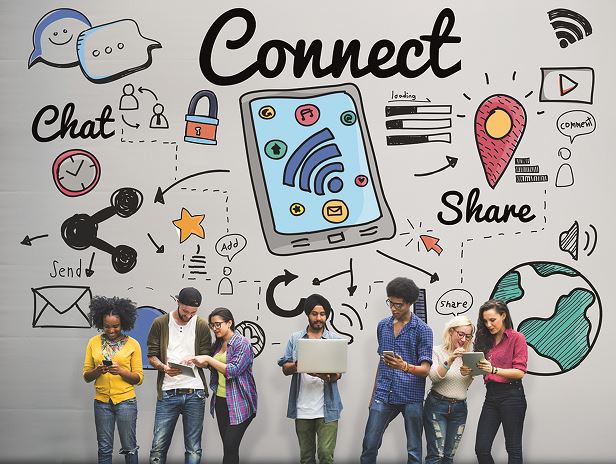
Using social media in the classroom is for many is a new frontier for learning. For most teachers the learning takes place in the classroom, and occasionally with homework, at home. However, if you think about the spaces the learners inhabit regularly, the classroom and home fall into third place compared to the virtual spaces online.
Many of these spaces are the ones occupied by social media. This comes in several forms, and for most teachers the training provided is out of date. Does your school ban Facebook? That may be the case... but in honesty most of the pupils we teach have long since migrated to other forms of social media not inhabited by their parents. Buckle up - there are myriad types of social media that teachers need to understand. Every teacher needs to be a teacher of e-safety – believe it or not, in the new computing curriculum your ICT teachers don’t have a lot of time devoted to this. Using social media responsibly, is the job of every teacher in the school to role model. Alongside this is the challenge of embracing using social media to take the learning to the spaces pupils already inhabit. Ask yourself – are your students more likely to check their email for a assignment notification, or are the more likely to respond to a tweet or Tumblr notification?
Integrating social media into the school
The use of social media in school is two-fold. The first is about creating a climate where children are being taught to use social media safely, and in a way where their teachers can role model it’s effective and positive use. Initially the most important thing is to make sure you have an effective usage policy in place, and that this is widely shared with staff and students. This needs to clearly address the responsibilities that the school has in terms of keeping learners safe, but also stipulates the ways in which learners must conform to rules when using IT in the school environment.
These can be easily adapted to include the use of social media by pupils, and can be signed at the beginning of the year. This might sound insignificant, but when dealing with those who have broken the rules, having the right policies in place will help appropriate sanctions to be applied. When applying sanctions, it must be considered that using technology is nothing particularly new. So, for example, iMessaging in class is the digital equivalent of passing notes. Teachers need to be empowered to tell students when technology should be used, and feel confident in asking them to put it away when they ask. If there is any misbehaviour, the teachers should imply equivalent sanctions to similar fractions of the rules that take place without the use of technology. Some of this will of course take time for teachers to acclimatise too, but some simple behaviour management techniques, such as occasionally teaching from the back of the room, will quickly help you see any students who are off task and using technology. Deal with this on the spot if you can. There should be consequences for breaking the rules in a classroom. Teachers are more than used to dealing with rule-breakers, and just because this involves the use of technology makes it no different. Empower staff to know how to deal with infractions, and have a clear chain of command of how to escalate or query any issues that may occur. In my school we have a detention system, but we have found that a lunchtime session based around e-safety is more productive in terms of the impact it has on students.
Teachers, SLT, Governors and parents need to work together to best equip those in school to deal with social media in a safe way. This should be done through PSHE, but also in tutor group time. Teacher cross-subjects should always work when using social media to ensure that their use is within the lines agreed by the school - this is not a case of asking for forgiveness rather than permission. Work with your SLT and teaching staff to ensure that the aims of using social media are transparent, as well as agreed by the school.